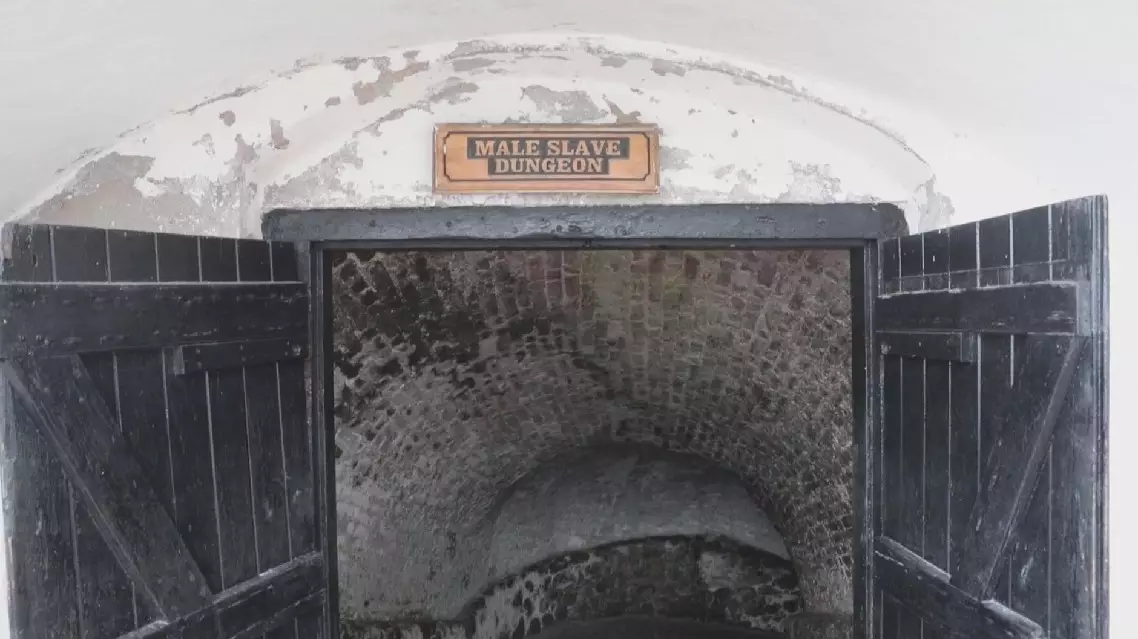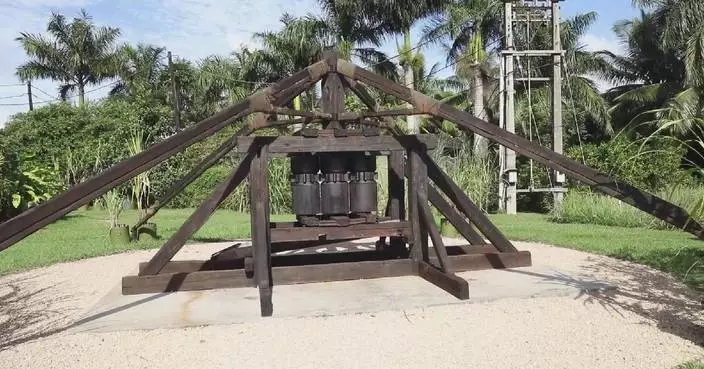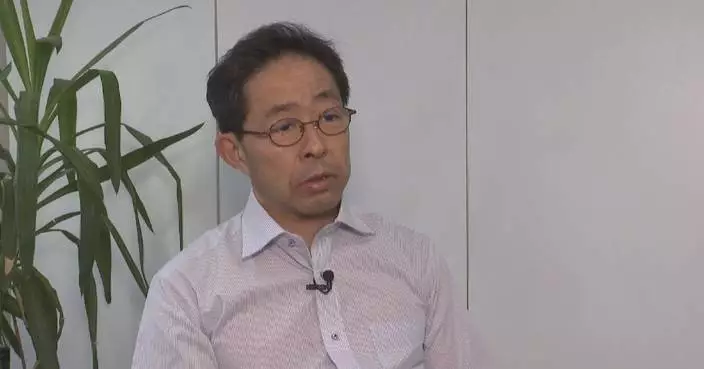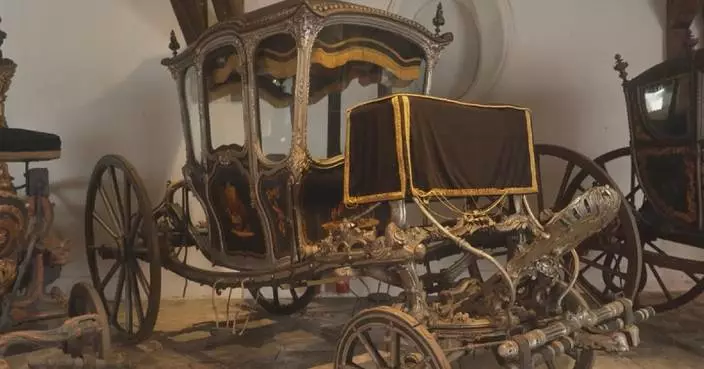Payload specialists from around the world gathered in China's Haikou City on Friday, as the country's Chang'e-6 lunar probe blasted off, highlighting the significance of international cooperation in space exploration.
A workshop focusing on international payloads carried by Chang'e-6 was held in Haikou, the capital of Hainan Province that day, attracting many international aerospace scientists from various institutes and universities to participate.
The Chang'e-6 lunar probe was launched at 17:27 Beijing time from the Wenchang Space Launch Site also on Friday. It aims to retrieve rock samples from the far side of the moon. It has carried multiple international scientific payloads, including a radon measuring instrument from France's national space agency, a passive laser retroreflector from Italy's National Institute for Nuclear Physics, an analytical instrument for negative ions on the lunar surface from the European Space Agency, and the ICUBE-Q cube-satellite from Pakistan.
"It's a series of first times for us. It's the first time that China and France are collaborating in the field of deep space exploration. It's also the first time that France will deploy a scientific instrument at the surface of the moon. And also it's the first time that radon, the gas that I want to measure, will be measured at the surface of the moon. It's the first time that we will be exploring the far side of the moon and returning with samples from the far side of the moon. So it's very exciting. It's also very exciting to me to be working with (people from) the far side of the earth for this project," said Pierre-Yves Meslin, Detection of Outgassing RadoN (DORN) principal investigator of the French National Center for Scientific Research (CNRS).
During the workshop, scientists pointed out that China's Chang'e-6 mission has set a strong base for lunar exploration and sparked new excitement among aerospace scientists around the world, encouraging them to seek more collaboration across nations.
"The groundwork that we are laying here with this mission, I hope, will serve a firm basis, indeed, for them to decide to collaborate more in the future. I think space exploration encourages us to look at our planet as one planet. It encourages us to try to think of humanity together as a species. And in the end, when we continue our very young journey into the cosmos, I think it will be necessary for us to collaborate and cooperate together," said Neil Melville-Kenney, Negative Ions on the Lunar Surface (NILS) technical officer at the European Space Agency (ESA).
"Our satellite will be riding with the Chang'e-6 mission, and we are very happy, especially for our universities, education institutes and our students. It's a big motivation and we had very good cooperation from the Chinese side during all this project right from the beginning," said Prof Qamar ul Islam, a professor at the Department of Space Science, Institute of Space Technology in Pakistan.

Payload specialists highlight international cooperation in space exploration









